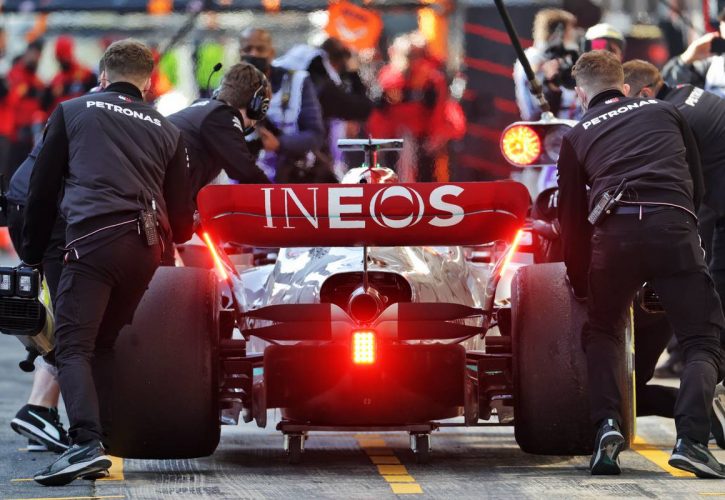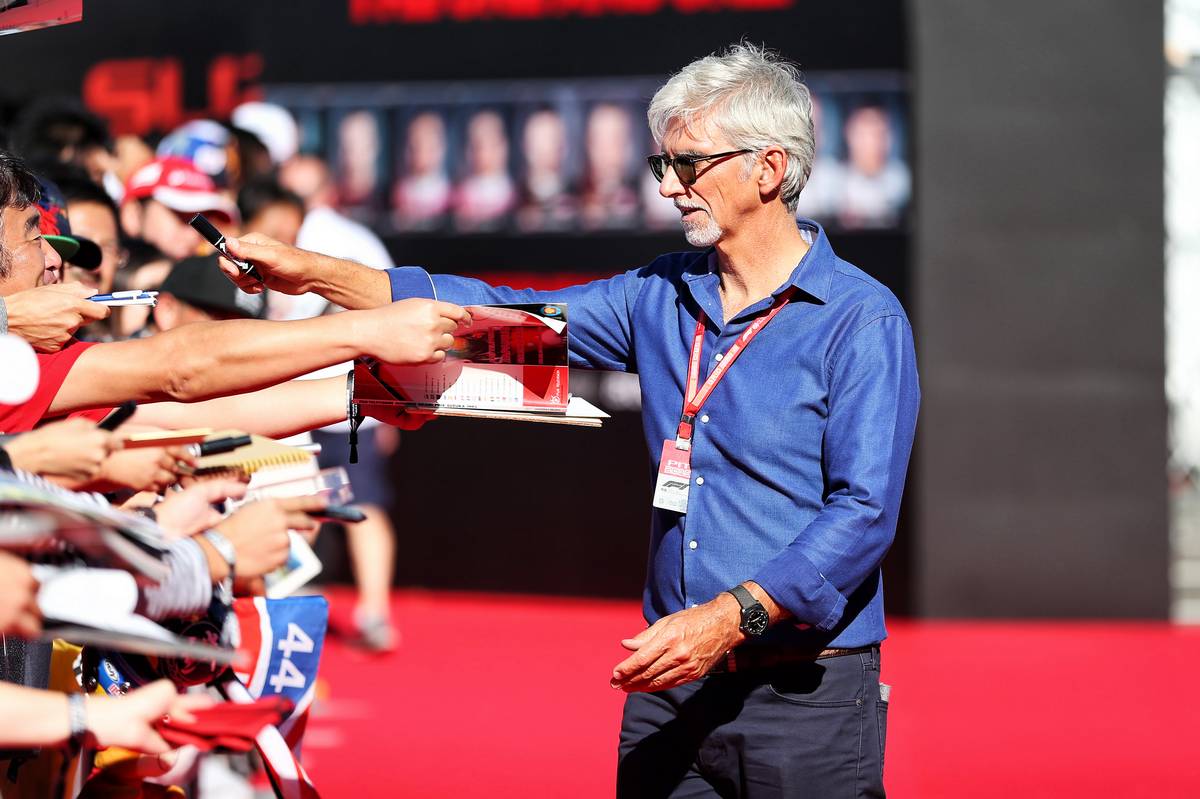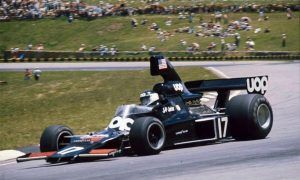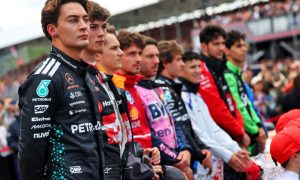
Former F1 world champion Damon Hill has agreed with comments from new Mercedes recruit George Russell that the problem of 'porpoising' experienced by teams in last week's shakedown could be solved at a stroke.
The return of ground effect downforce meant that many teams were caught out by the phenomenon in which cars started to 'bounce' as they swept down the long straights of Circuit de Catalunya in Barcelona, affecting speed and handling.
Those teams affected made temporary changes to their 2022 cars to address the problem, and hope to have longer term solutions in place for this week's pre-season test in Bahrain, one week ahead of the first Grand Prix of the year.
After his run in the Mercedes W13, Russell said that porpoising was a potential safety concern and that active suspension would fix the problem at a stroke.
“I guess if active suspension was there, it could be solved with a click of your fingers. And the cars would naturally be a hell of a lot faster if we had that,” he told Autosport magazine.
This week, Hill indicated he was in complete agreement with Russell's suggestion, saying: “He’s absolutely right."
And Hill knows what he's talking about: self-adjusting and automatic active suspension was a big feature of F1 cars in the early 90s when he was racing, with 1993's Williams FW15C a stand-out successes in using the concept to its full effect.
"The brilliant thing about the active car was it could control much better the ride height of the car," Hill recalled in conversation with the F1 Nation podcast.
"If you look at pictures of the car I drove in 1993, you’ll look at it and think: ‘Wow, why is it on the floor?’
"It literally was measured," he said. "It could keep its distance from the ground to within half a millimetre, plus or minus."

Active suspension was banned by F1 in 1994, on the grounds of development cost and keeping speeds to manageable levels, and the sport decided against reintroducing it as part of this year's overhaul of rules and regulations.
At the time it sent car designers down other routes, including the use of wind tunnels to help shape the flow of air under, over and around the sides of the cars to replace the lost downforce
“We didn’t have the tunnels that you have now on the 2022 car, we had a flat bottom," Hill explained.
"You could still generate downforce from that provided you could control the height of the car from the ground. Normal springs and dampers struggle, because they’re passive.
“In other words the greater the load on the car, the more they squash up and the stiffer they get, and the more likely they are to rebound," said Hill, who won the world championship in 1996 with Williams.
“Whereas with the active car, the computer goes: ‘Right that’s close enough, we’ll just keep it there’, and off you go. It’s fantastic."
Even so, there's little prospect of active suspension returning to the sport in the near future, and teams will have to find new innovations to address the latest modern problem of porpoising experienced in testing.
The teams that find the best, earliest fix will have a definite advantage in this year's championship, which gets underway in two weeks time in Bahrain.
Gallery: The beautiful wives and girlfriends of F1 drivers
Keep up to date with all the F1 news via Facebook and Twitter







